Gardening with Perennials - How To Design A Perennial Garden
A delight for gardeners, beautiful perennials return each and every year like clockwork and remind us of the reliable and constant cycles in nature.
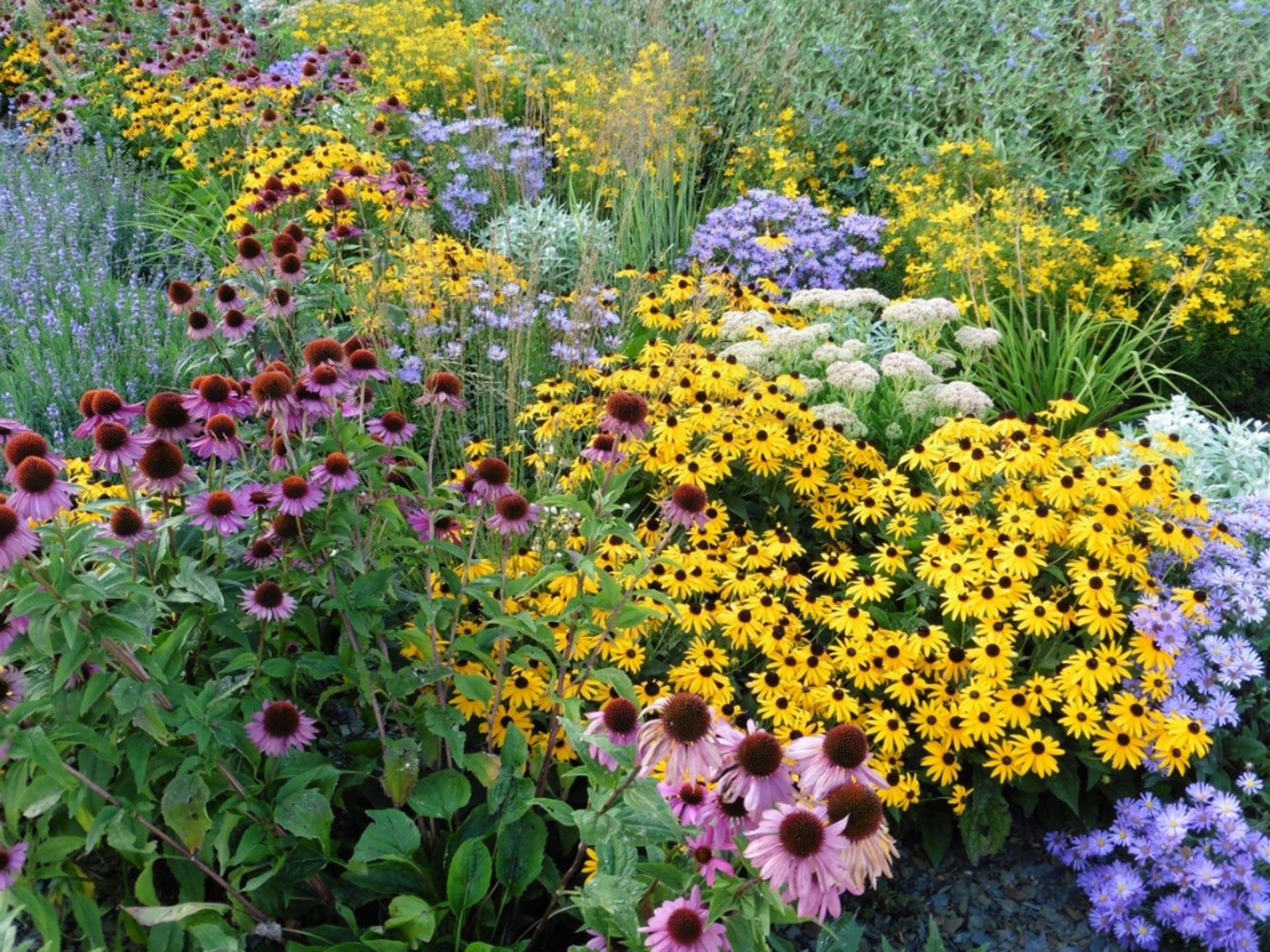

Designing a Perennial Garden
I truly believe that the key to a lifetime of happy gardening is to have a few tried and true perennials in your gardening beds. I remember the first time I grew them: I was ten years old and seeing those green shoots poking out of the cold, hard ground in late spring was the most miraculous sight I had ever witnessed. Living in a northern climate, USDA plant hardiness zone 5, it was hard to believe that anything could survive the cold, snowy winter our mountain town had just endured.
Every year since, I have been in awe when I see my golden Achillea (yarrow), orange daylilies, and white Alaskan shasta daisies growing from my perennial flower gardens strong by early May without any help of my own. Let's learn more about gardening with perennials.
Perennial Garden Plants
When trying to decide which little miracles to plant in your perennial garden design, just take a look around you. If you have neighbors who also enjoy gardening, ask them or just observe what perennial garden plants they have grown successfully. Which low-maintenance perennials come back year after year? Which ones have been too delicate to survive the winter?
If you live in hot and humid climates, be sure to inquire which perennials tend to overrun the garden and require constant cutting back and digging up. Even in my cool mountain climate, it's well known that planting peppermint or spearmint in the garden is asking for trouble; it will quadruple in size year after year and, like some in-laws I know, is nearly impossible to get rid of.
There are countless books and catalogs that will also be helpful in your search to find the perfect practical perennial garden plants. If you're having trouble deciding on perennials to display in your garden, try a local gardening book written especially for your climate zone and weather conditions, or simply determine which zone you're in and pay attention to the zone indicators in each plant's description.
For instance, in the guide to perennials I'm reading, it shows that dianthus (a happy little pink flower) enjoys zones 3 to 8, full sun, and well-drained dry to moist soil. In my zone 5 dry soil, dianthus should fare just fine.
Soil for Perennial Flower Gardens
Regardless of whether your neighbors and friends are helpful in your search, you will still need to do some digging, literally, of your own. No two gardens are ever alike.
Gardening tips, videos, info and more delivered right to your inbox!
Sign up for the Gardening Know How newsletter today and receive a free copy of our e-book "How to Grow Delicious Tomatoes".
Just across the street from me lives a very lucky woman who has light, sandy soil full of organic matter that is quite fertile. At my house, however, my garden contains sticky, dense clay soil that has a tendency to be on the dry, infertile side because of the many evergreens gracing my yard.
You can determine your soil's type by holding some in your hand and moistening it. It will either form a sticky, solid, clay-type ball, a sandy ball that easily falls apart in your hand, or something in between.
How to Design a Perennial Garden
Now that you have an idea of which plants will suit your location's particular characteristics, the joyful process of preparing, designing, and maintaining the garden bed begins.
As part of your perennial garden design process, performing a pH and nutrient soil test is a good first step. It will let you know what nutrients are lacking or if the pH is off balance. A pH range of 6.0 to 7.0 (slightly acidic to neutral) is acceptable to most all perennial flower gardens. Once the soil test has been done and any adjustments have been made, add 1 inch (2.5 cm.) of compost to the top of the soil, making sure the soil is not too wet (soaked) or too dry (dusty), and turn it over with a shovel being careful not to trample it after digging. If this soil preparation can be done the fall before next spring's planting, it would be ideal. If not, wait at least a day before planting the bed.
Plant the perennials on a cloudy and cool day, if possible, to avoid shock. Make sure to give them sufficient space to double or triple in size.
As perennial garden plants bloom, remove any spent blossoms by simply pinching them off with your fingers.
Each spring it is also a good idea to spread well-rotted manure, compost, or organic fertilizer on the surface of the soil and cover it with a mulch such as chopped leaves or straw to keep the soil moist and fertile.
If the plants have become crowded after a few years at their location, dig up the perennial clump, divide it into two or three sections with a knife, being careful not to let the roots dry out, and replant them, either expanding the flower bed or choosing a new location-- even giving them to friends.
It's easy to make friends when you have free perennials. Gardening with perennials is fun and easy. These gardens return each year, bringing additional enjoyment with each new bloom.

Arista Hageman is a writer for Gardening Know How who specializes in flower gardening.
-
 Looking For Plants To Give You The Soft And Fuzzies? Try These 5 Fuzzy Leaf Plant Options
Looking For Plants To Give You The Soft And Fuzzies? Try These 5 Fuzzy Leaf Plant OptionsLovers of texture, drama, silver foliage and tactile plants will adore these special sensory garden additions. These fuzzy leaf plant options will leave you all aglow
By Susan Albert
-
 Get Ready For A Summer Of Hummers! Grow These Full Sun Hummingbird Plants and Flowers
Get Ready For A Summer Of Hummers! Grow These Full Sun Hummingbird Plants and FlowersIf you’re lucky enough to enjoy a sunny backyard, make sure you are maxing out on your pollinator opportunities and grow these full sun hummingbird plants and flowers
By Tonya Barnett
-
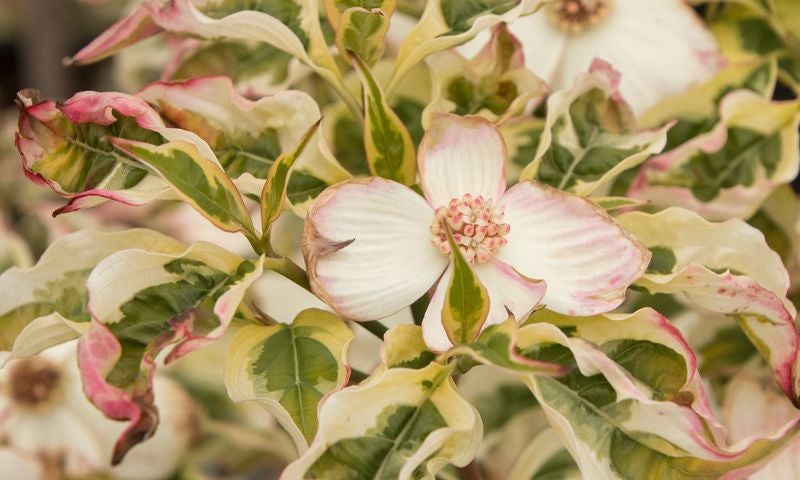 20 Hard-to-Find Spring Flowers & Plants That Look Amazing All Season
20 Hard-to-Find Spring Flowers & Plants That Look Amazing All SeasonIt’s finally beginning to look like spring! If you’re eager to find some unique, hard-to-find varietals to satisfy your spring fever, look here first.
By Caroline Bloomfield
-
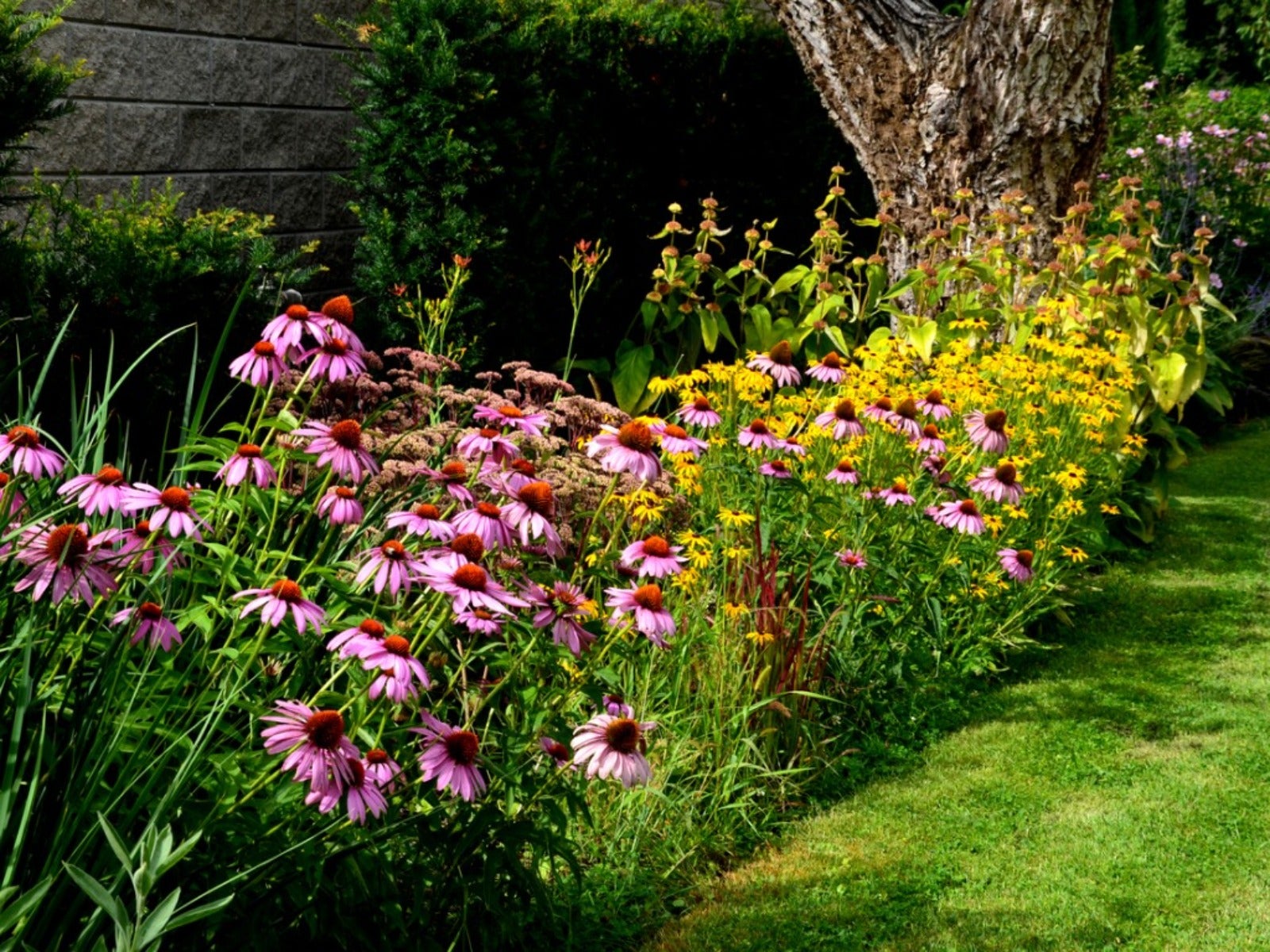 How Wildflower Strips Help Attract Pollinators To Your Yard
How Wildflower Strips Help Attract Pollinators To Your YardIf you have a small garden spot or strip available, fill it with wildflowers for our hungry pollinators. Click to learn more.
By Tonya Barnett
-
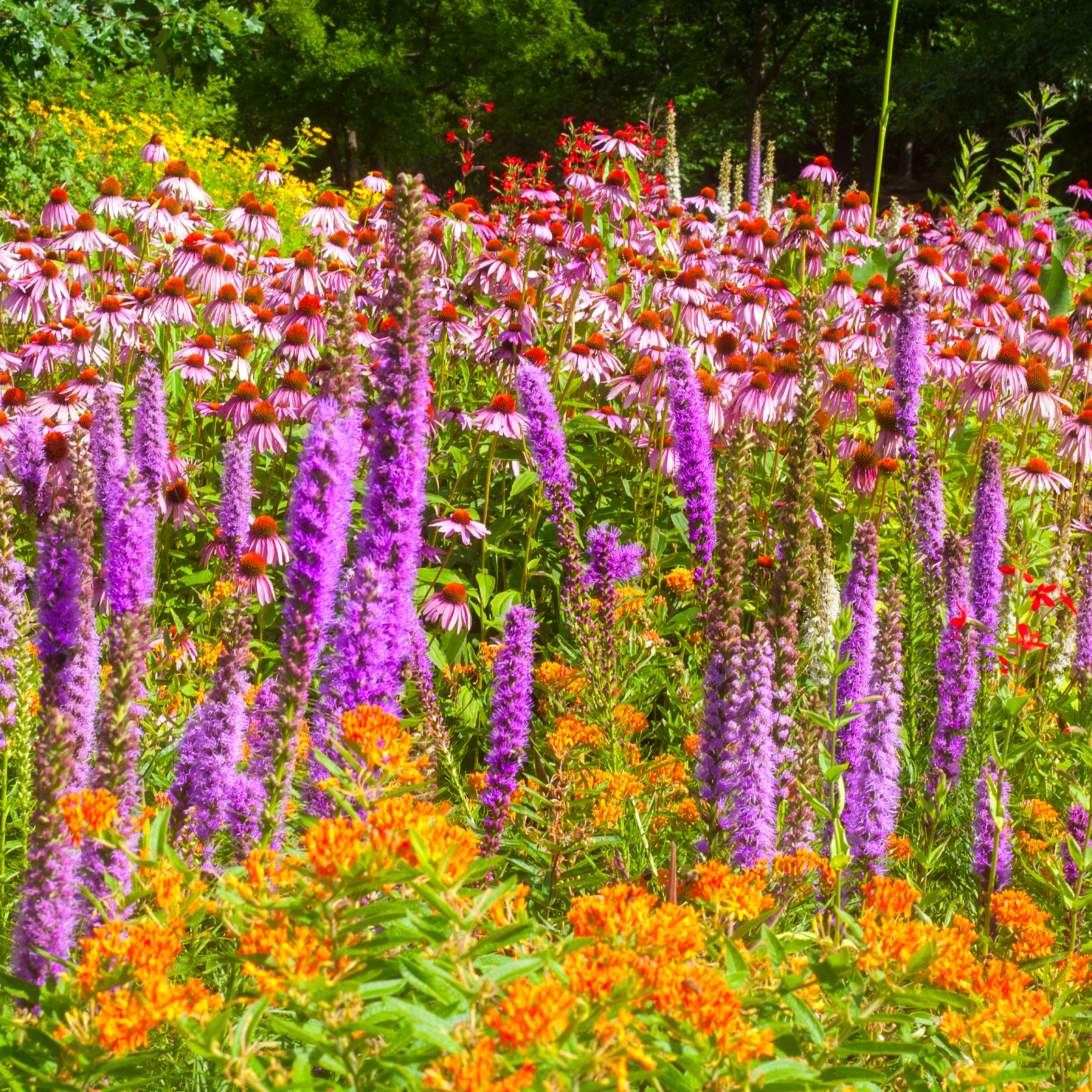 10 Knockout Native Flowers To Add A Punch Of Color To Your Garden
10 Knockout Native Flowers To Add A Punch Of Color To Your GardenGrowing native is the way to go. See our list of ten native wildflowers that will knock you out with color.
By Amy Grant
-
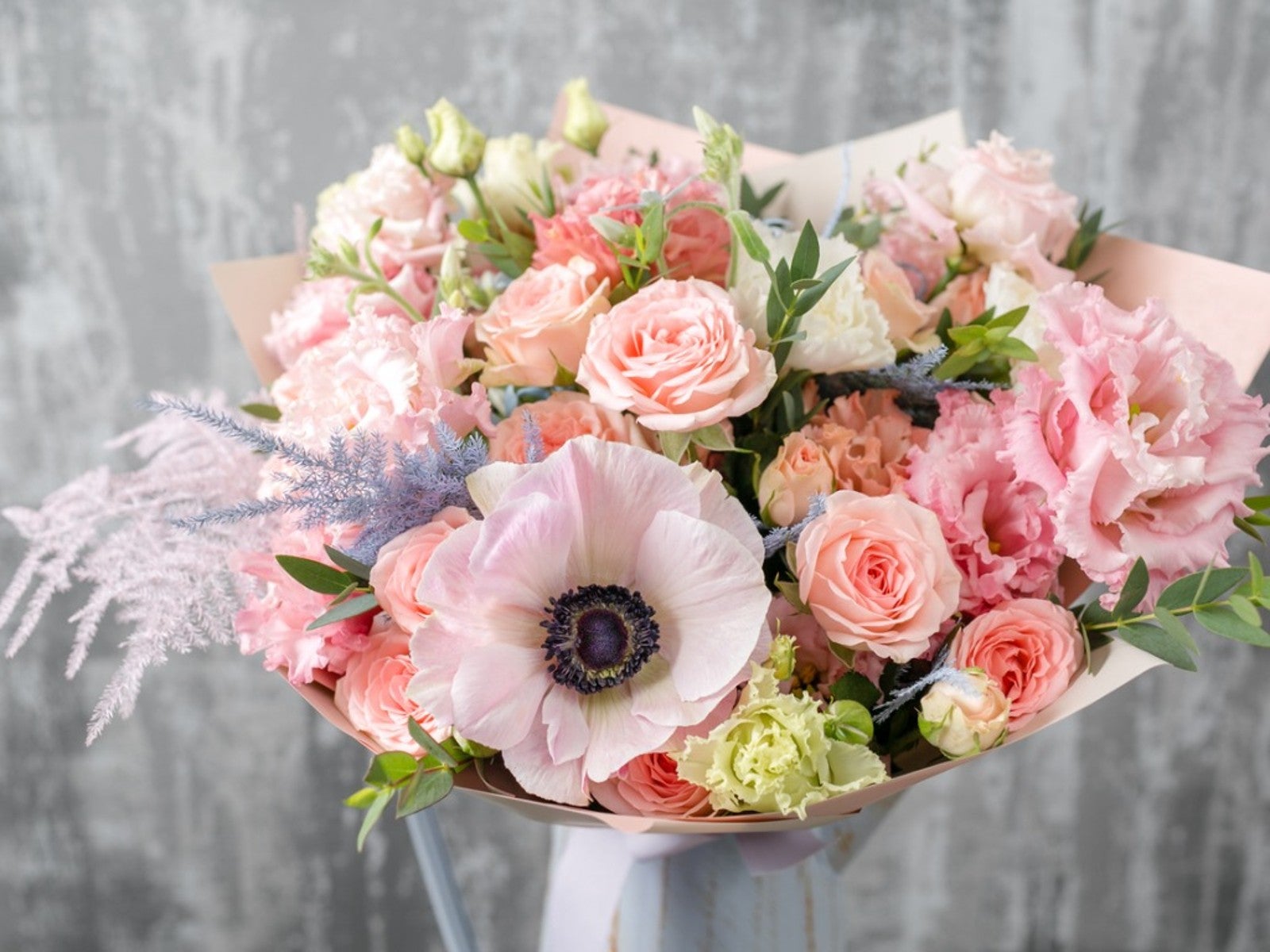 Pretty Plants For A Pastel Flower Bouquet
Pretty Plants For A Pastel Flower BouquetRoses aren’t the only romantic flower. Some romantic pastel flowers can fill in beautifully.
By Tonya Barnett
-
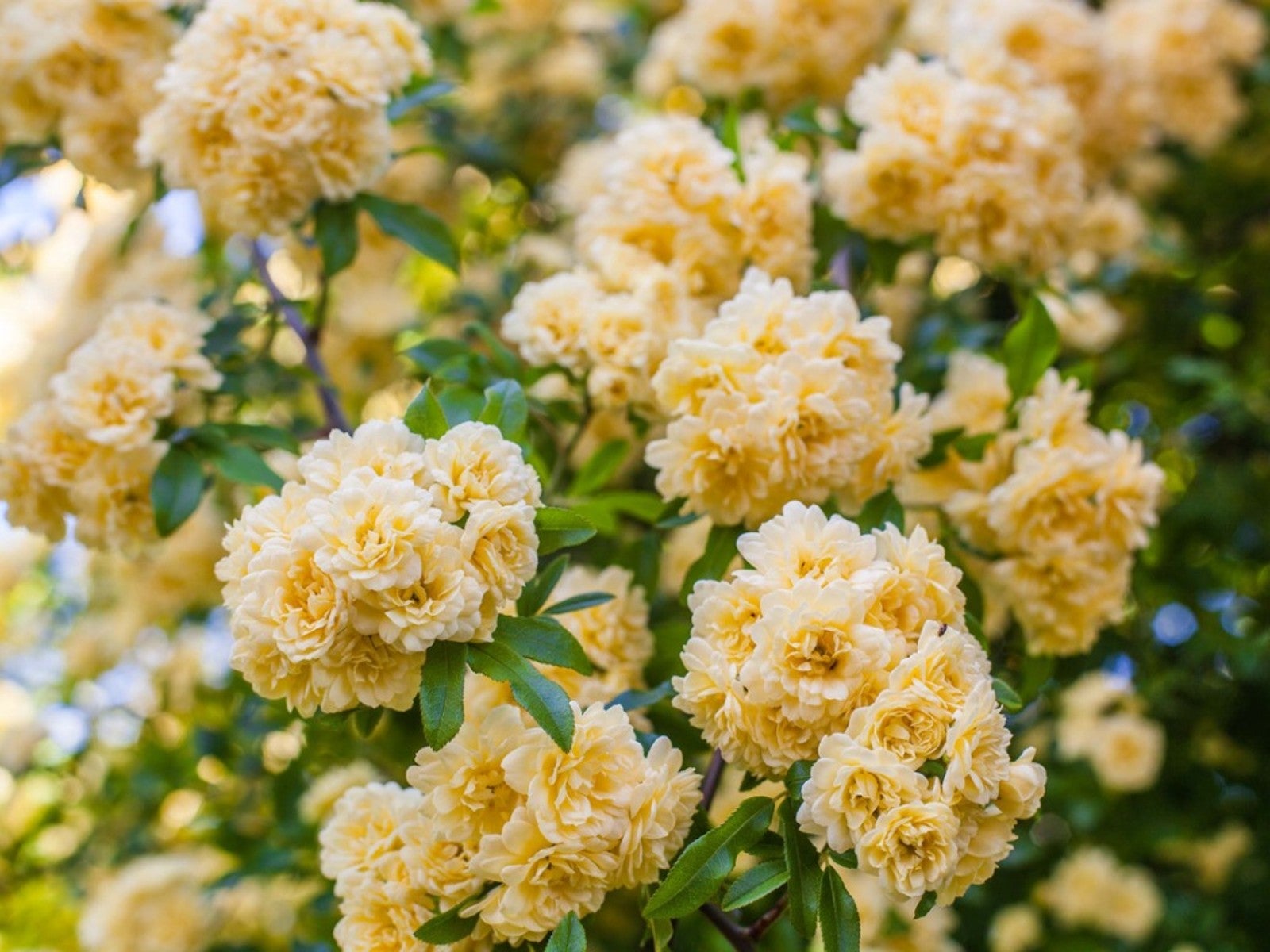 Soft Yellow Plants For A Sunny Pastel Garden
Soft Yellow Plants For A Sunny Pastel GardenClick here for ideas on some pale yellow flower varieties for pastel garden designs.
By Tonya Barnett
-
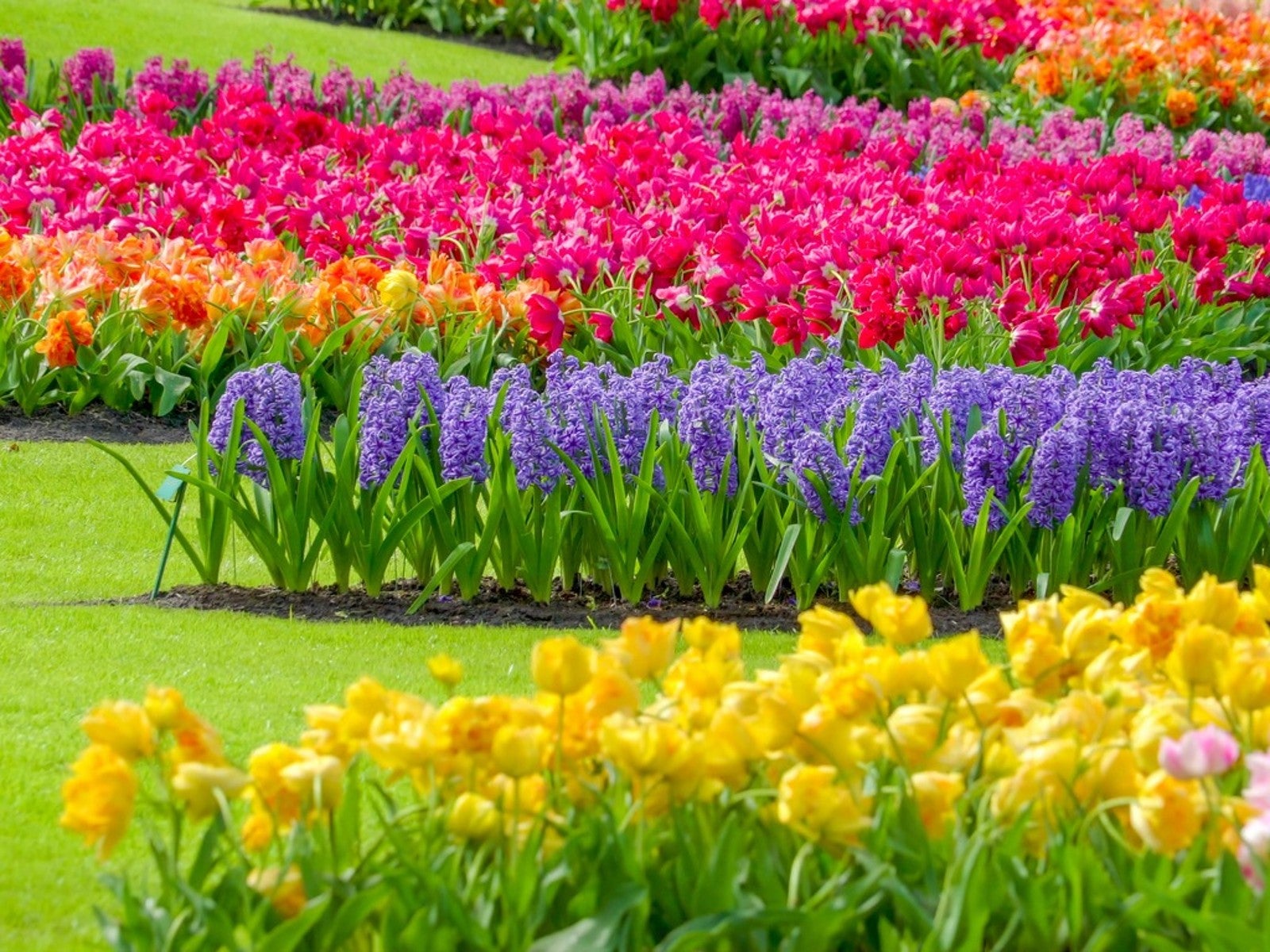 Most Common Flower Color In The World
Most Common Flower Color In The WorldWhat are the most common and least common flower colors in the world? Click here to find out.
By Mary Ellen Ellis
-
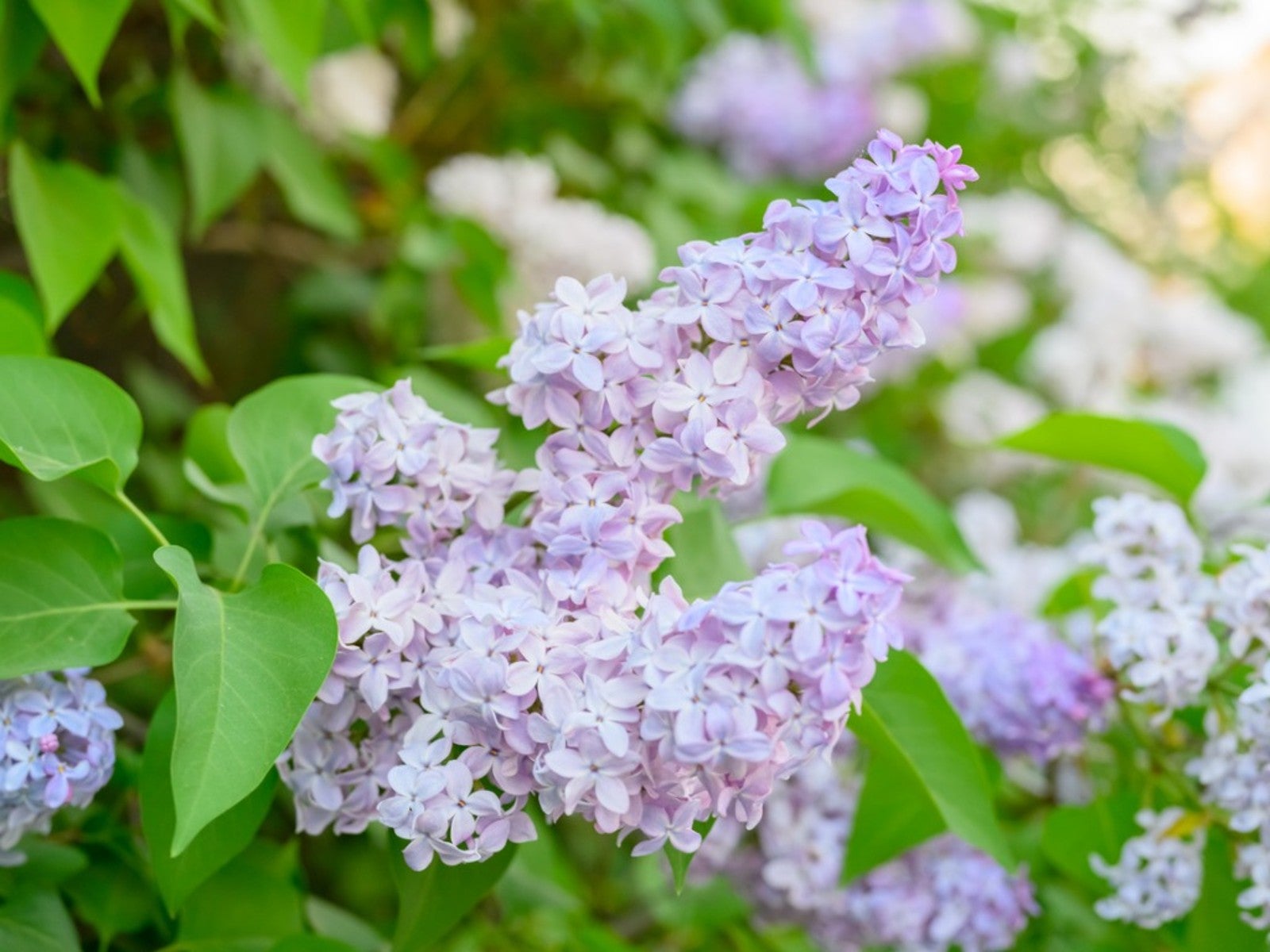 Pastel Plants For A Lovely, Light Purple Flower Garden
Pastel Plants For A Lovely, Light Purple Flower GardenClick here for ideas on some light purple plants for a pretty, pastel garden display.
By Tonya Barnett
-
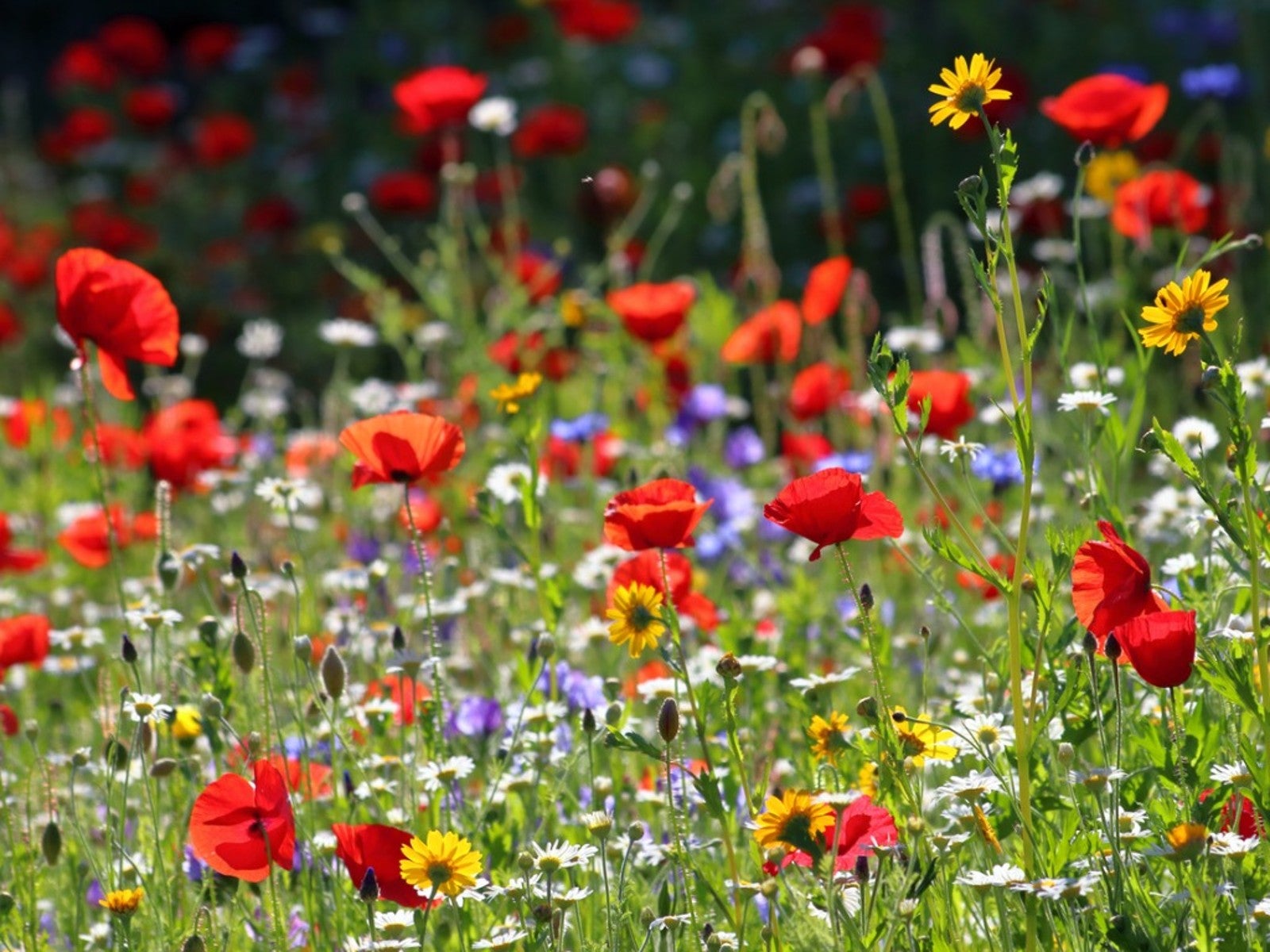 Plant Wildflower Seeds In Fall for A Stunning Spring Display
Plant Wildflower Seeds In Fall for A Stunning Spring DisplayCan you plant wildflower seeds in fall? What makes fall the best time to sow wildflower seeds? Click here for more.
By Tonya Barnett